

Identification Notes
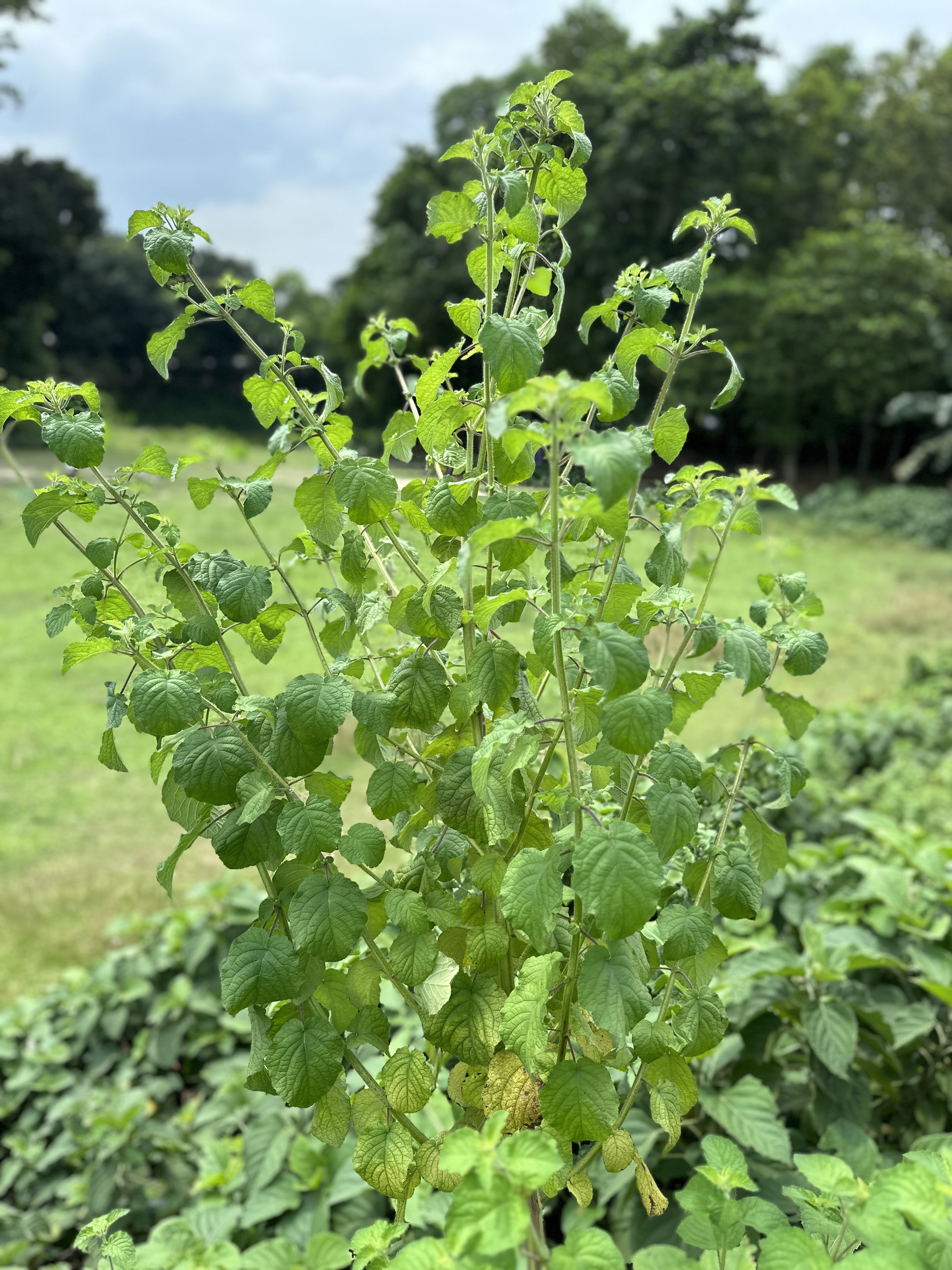

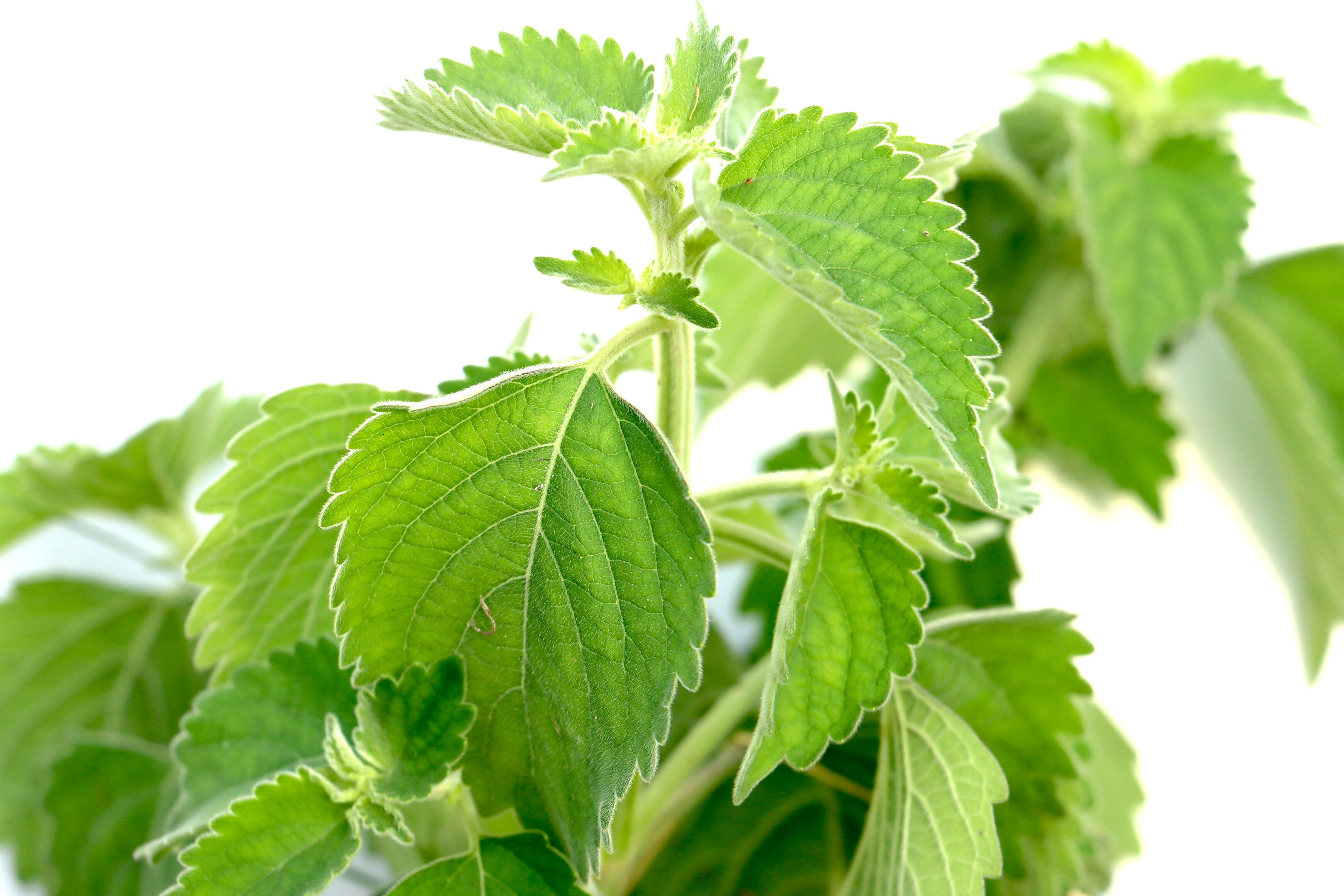
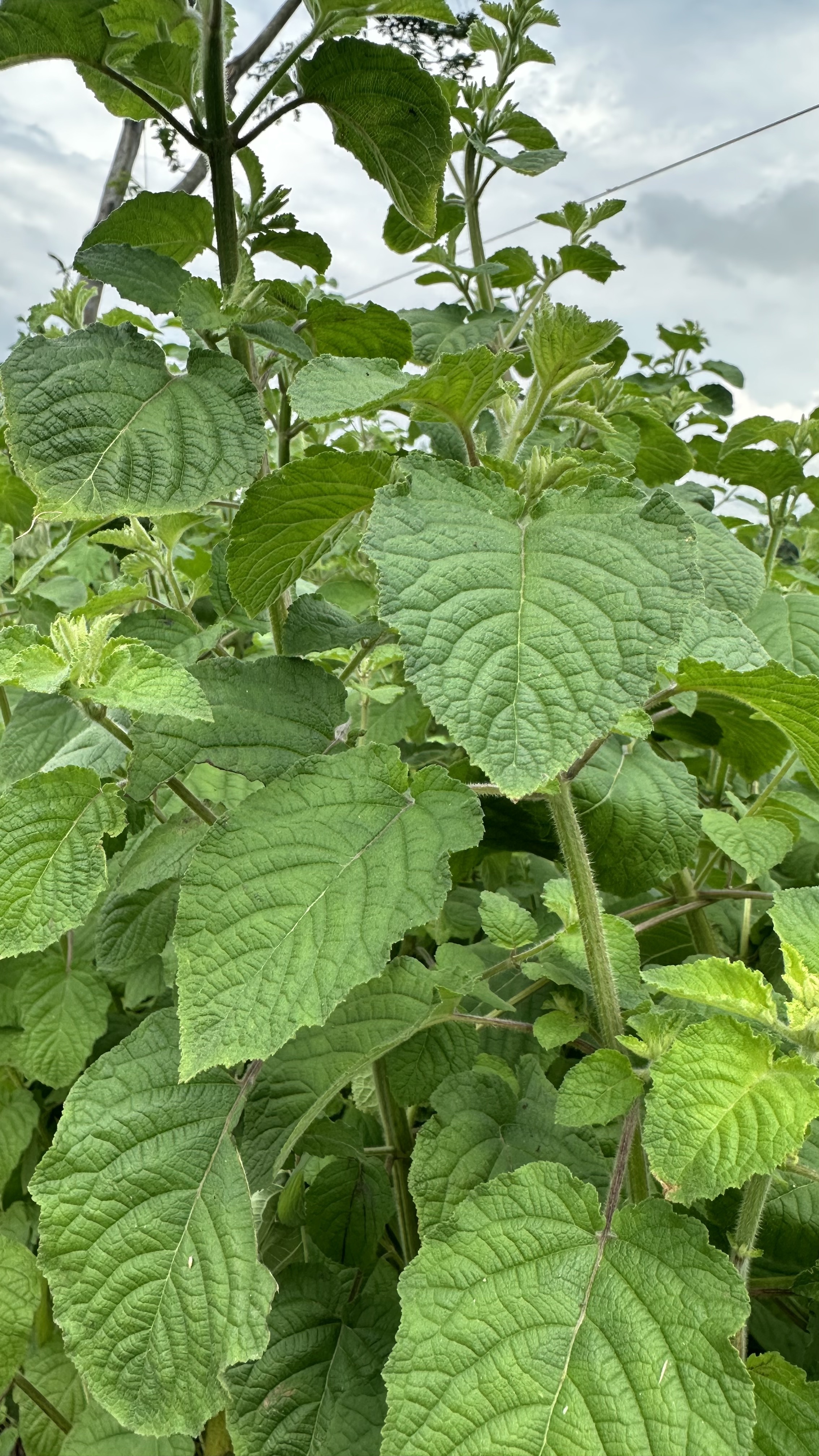
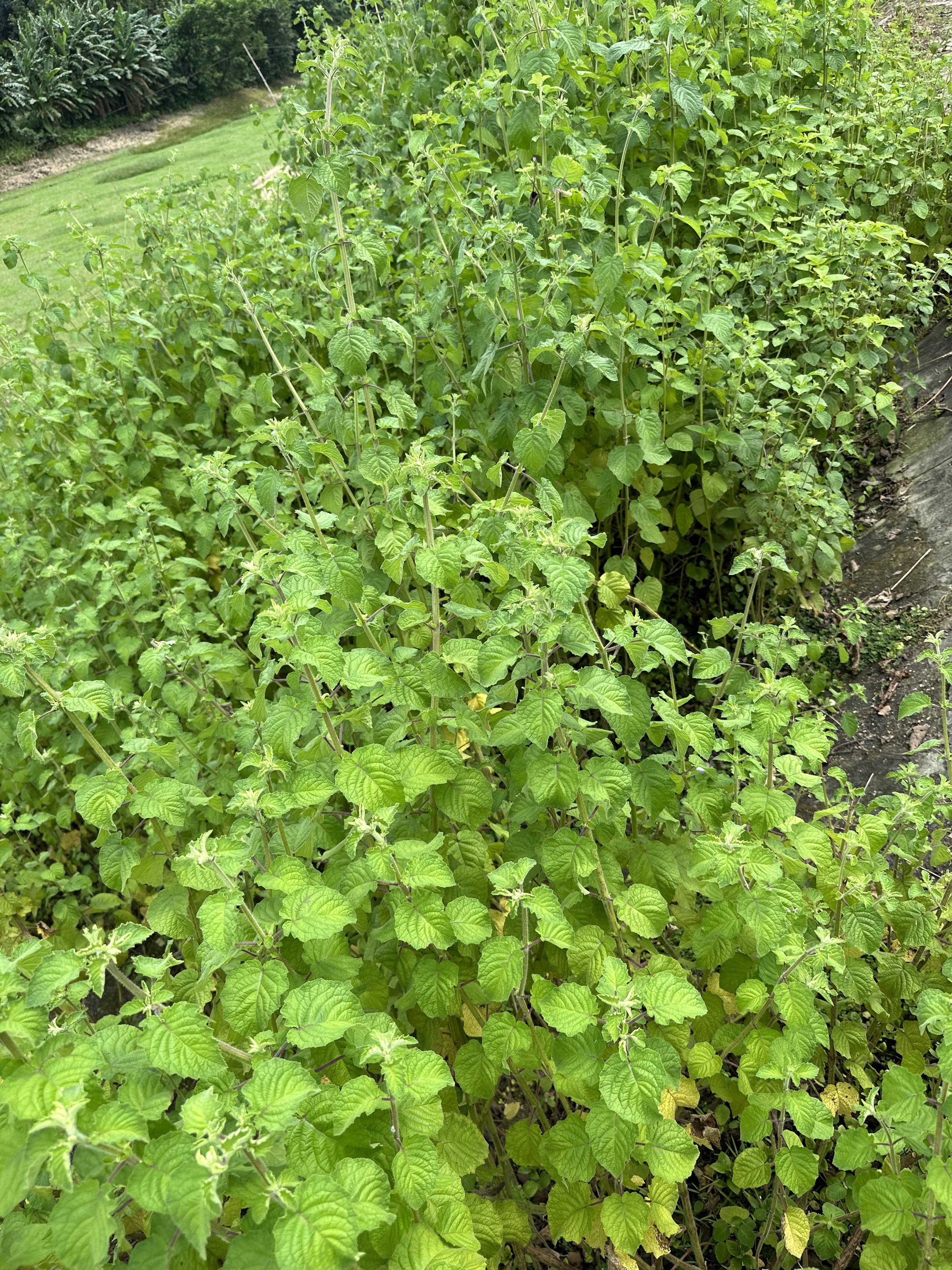
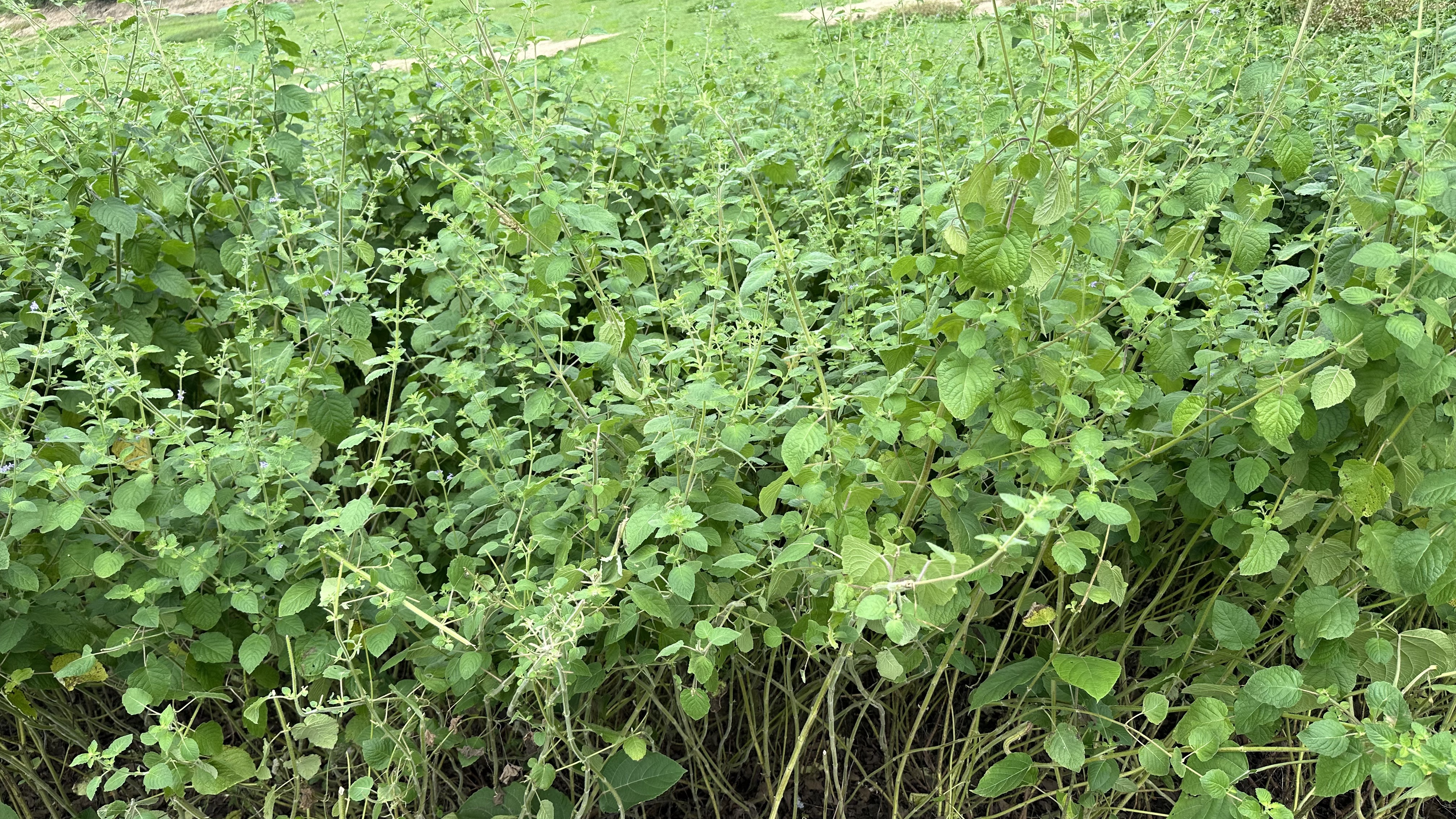
EPPO CodeHPYSU |
Life CycleAnnual |
MorphologyStem: The stem is 4-angle and reaches 2.5 cm thick. It has at its surface longitudinal ridges marked where a grooved section. It is generally branched in its upper side part with erect branches. It is covered with long white hair and small erect glandular hairs; Leaf: The leaves are simple, opposite and decussate. The petiole, well-marked, measures 2-4 cm long. The basal leaves are oval, the upper ones are elliptical. The blade is 2 to 10 cm long and 4-6 cm wide. It has a base rounded to slightly cordate, apex acute or obtuse and margin irregularly serrate. Both sides are hairy and dotted with small glands; Inflorescence: Small loose racemes, stalked, 2 to 5 flowers shortly stalked, in axillary position; Fruit: The fruit is a nutlet compressed and truncated at the apex, with black color. It measures 2.5 mm long and 2 mm wide. Its surface is often wrinkled. |
Growing seasonRabi and Kharif |
Germination periodJanuary - December |
Flowering periodJanuary - December |
PropagationBy seed |
HabitatWet to dry thickets and fields, often in hedges or waste ground, at elevations of 1,600 metres or less. A weed in Australia on heavily grazed open forest areas, also found in monsoon forest and vine thickets at elevations to 750 metres. |
Weed potentialRuderal weed that normally grows along the roadsides and the wet margins of ponds. The plant is also considered as one of the world’s most noxious exotic invasive species invading the natural ecosystems including savannah at an alarming rate. It is a prolific seed producer and in dense infestations can yield up to 3000 seeds/m2, forming persistent propagule banks within a short period |
Control measureManual and Chemical |
Recommended herbicideAmine or ester 2,4-D, dicamba, clopyralid and picloram based mixtures are effective). All spraying should be done before plants flower, particularly with an early application followed by a secondary one to kill late-germinated seedlings |
Distributionhe plant is native to tropical America but now distributed throughout the whole world from tropical to subtropical regions and, therefore, the plant is sometimes regarded as pantropical weed |
Medicinal propertiesLeaf decoction is used for the treatment of diabetes and cancer, and root decoction is highly valued as appetizer. Moreover, these organs contain urosolic acid, a natural HIV-integrase inhibitor. In addition, the leaves and twigs are considered as antispasmodic, antirheumatic, anti-inflammatory, antifertility agents, and also have antiseptic, mosquitocidal and insecticidal properties (Islam & Kato-Noguchi 2013). |
References[1] Islam A K M M and Kato-Noguchi 2013. Plant growth inhibitory activity of medicinal plant Hyptis suaveolens: could allelopathy be a cause? Emir. J. Food Agric. 2013. 25 (9): 692-701. |